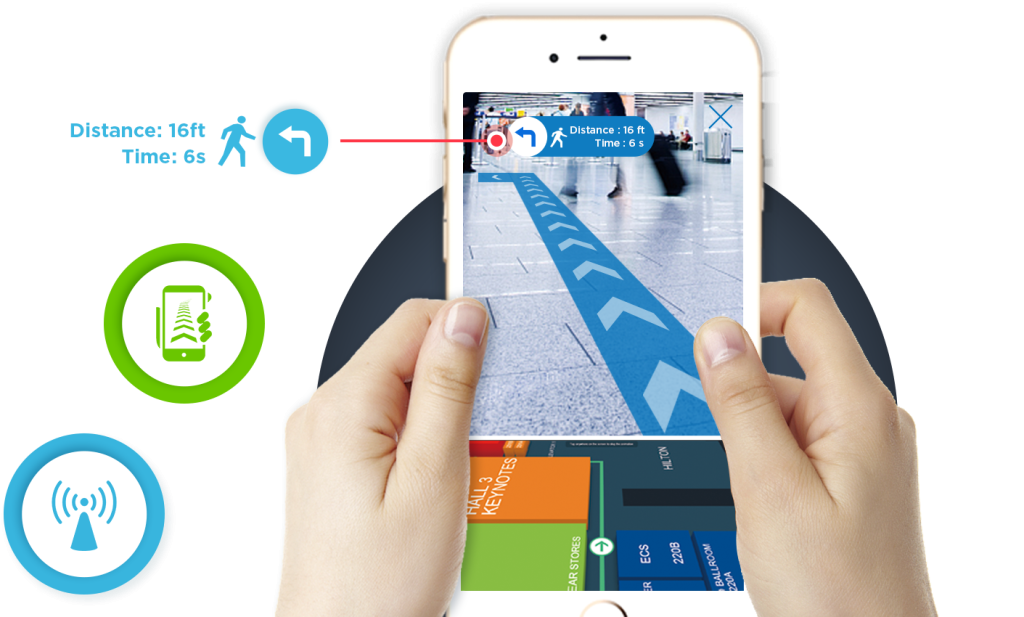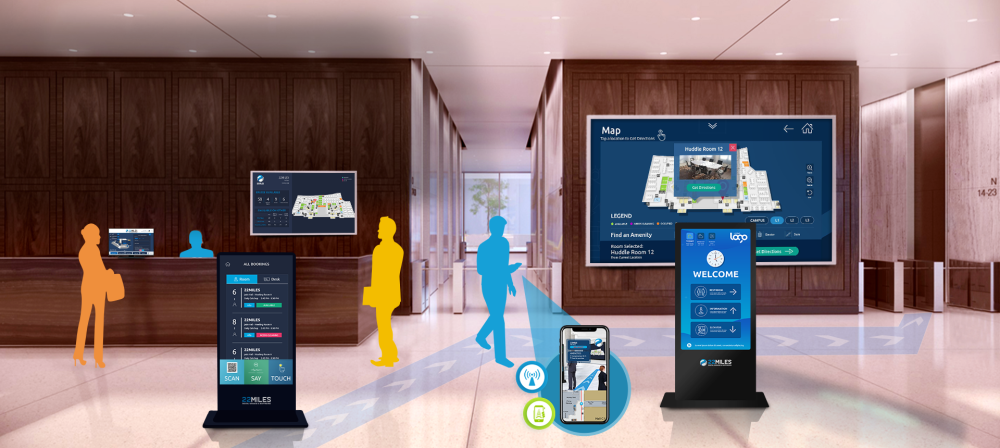COVID changed the way we shop. E-commerce now accounts for 37 percent of retail sales, up from 27 percent pre-pandemic. Any rumors of brick-and-mortar retail’s demise are premature, however. Last year, the growth rate of brick-and-mortar retail outstripped that of online shopping, growing beyond pre-pandemic levels. Shopper behaviors indicate that people can shop for just about anything online, but given the choice, they don’t always want to.
That should be a relief to brick-and-mortar operators, but it’s no guarantee of future success. The great strength of in-person shopping is experience, while e-commerce shines at convenience. Some of the biggest companies in the world – Apple, Meta, Google, Amazon and more – are working to close the online experience gap. If the dream of the metaverse is fully realized, e-commerce vendors will be able to offer communal shopping experiences that rival the real world.
To counter, brick-and-mortar retailers need to counter by increasing the convenience of in-person shopping while maintaining and enhancing their in-store customer experience. There’s no better tool to help retailers achieve this goal than digital signage. Let’s explore the top five visual communications applications for staying competitive in the digital shopping age.
Advertising and Promotions
Digital signage offers a dynamic, efficient and engaging way to reach customers, offering many advantages over both traditional print and web advertising. Motion graphics like animations, videos and slideshows make digital signage activations significantly more eye-catching and translate to more year-over-year ROI. And, because the content can be refreshed at will, screens deliver more long-term value and versatility than stagnant signs. Digital displays can be effectively customized by location and designed for interactivity, carrying relevance and power to convert sales that rivals online ads.
A long-cited barrier to entry for digital signage has always been content management. This is a hurdle that has come crashing down in recent years: today’s best CMS solutions do a lot of the design work for the user, making it attainable for more retailers to create, distribute, analyze and refresh content. Retailers can add their branding – logos, colors and fonts – to the system for rapid creation and deployment of unified, professional looking content throughout their stores and across locations.
Many CMS providers make campaigns more effective with one-click interactive elements: in minutes, retailers can create promotions that allow customers to schedule an appointment with an associate, instantly download an offer to their mobile phones, or order an item directly from the sign. Retailers of any size – from individual stores to nationwide brands – can leverage modern digital signage to drive conversions and align with current goals.
Interactive Experiences
In-person retail has always had an experiential advantage over e-commerce due to both its social nature and the opportunity to explore products in-person before purchasing. Online retailers are investing heavily in technology to blunt this edge. Already, furniture and apparel companies are leveraging 3D models and AR apps to allow customers to visualize online products on their own bodies or in their own homes. They’re also pouring billions into metaverse features that will allow customers to take online shopping trips together in the future.
Two can play at this game. Brick-and-mortar retailers can create immersive, interactive in-store experiences that are far more compelling that anything on a mobile phone screen. A large-scale videowall or wrap-around video projection feature always commands attention. Now, in customer experience centers, innovative retailers can create personalized, interactive experiences that close high-end sales. Using touch, gestures, mobile or a control kiosk, customers can navigate virtual worlds on a massive scale, surrounded by imagery of the product, solution or space they’re envisioning. At the same time, they can continue to receive the personal, human support and advice of skilled sales associates. This is the future of luxury in the retail experience.
Wayfinding

While continuing to innovate on experience, retailers must also close the convenience gap. Digital wayfinding is one of the most effective ways to make shopping in-person feel as easy as online. A digital in-store directory can help customers navigate departments and find what they’re looking for quickly – even after a reorganization.
For shopping malls and multi-use destinations, digital wayfinding can help users navigate complex destinations with confidence, with 3D maps and personalized turn-by-turn directions that can be instantly downloaded onto the user’s phone. Wayfinding kiosks and signs can also share a digital backend with advertising and promotions systems, and sync with events or sales calendars. By connecting the system to existing inventory database APIs, retailers can allow users to instantly verify whether an item is in stock and where it’s located – or order it for in-store pickup if it’s currently sold out. These digital maps and integrations can be automatically updated in real-time for accurate information and a frustration-free shopping experience.
Back-of-House
The human touch is a massive asset of brick-and-mortar retailers—which makes it incredibly important to invest in the workplace experience of retail employees. The same unified content backend that drives the customer experience can also be leveraged to inform and unite retail staff. Retailers can send important employee communications through back-of-house screens, kiosks, or mobile apps to keep associates informed on the go.
By integrating digital signs with business intelligence tools like BI360, teams can monitor KPIs and adjust their tactics to ensure they meet their goals. In retail applications requiring a high degree of employee expertise and guidance to close sales, associates can use digital signage to schedule meetings and reserve room – even sending invitations to colleagues directly from the sign. A visual communications system is an essential tool to help sales teams offer up-to-the-moment customer guidance and work together to meet location goals.
Analytics
One of the main reasons for e-commerce’s exponential growth is the online retailer’s ability to leverage analytics to learn about their customers. Following a digital breadcrumb trail, e-commerce businesses can understand how customers navigate their site, how much time they spend evaluating their purchases, what content is driving the most clicks and sales, and more. Interactive digital signage gives brick-and-mortar stores the same edge.
Using a modern CMS, every click throughout a digital signage network can be recorded and analyzed to learn about customer behavior. Retailers can use their signage analytics to understand what customers are searching for, what locations are seeing the most traffic, which ads are the most engaging, and more. This information can help them iterate their content approach for ads and promotions; optimize store layouts by examining movement patterns; and plan activations by identifying their busiest times and locations. Digital signage can help retailers build their strategy for tomorrow even as it improves customer experience today.
Digital signage is an invaluable tool for making brick-and-mortar shopping compelling in the age of the multiverse, and in-person retailers must remain vigilant and innovative to compete with advancing e-commerce experiences. Ultimately, with the right content management system and strategic approach, digital experiences are a rising tide that can lift both brick and mortar and online sales.















